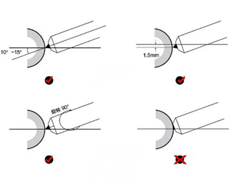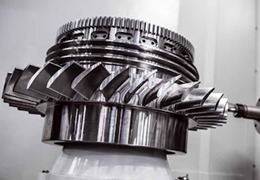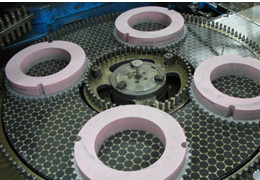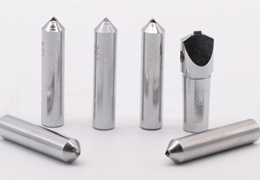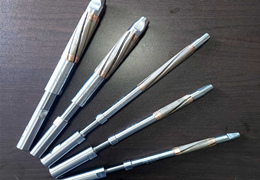Grinding wheel grinding is one of the common processing methods in the manufacturing industry, and the roughness of the workpiece produced in the process directly affects the quality and performance of the product. The factors that affect the roughness of grinding wheel grinding workpiece include both the wheel itself, including other factors.

From the perspective of the grinding wheel itself, the main factors affecting the roughness of workpiece grinding include :
1. the grinding wheel particle size and hardness: grinding wheel particle size and hardness directly affects the cutting of the workpiece and the size of the cutting force. Coarser particle size of the grinding wheel is usually able to remove the material faster, but it is easy to leave larger scratches and roughness; while the finer particle size of the grinding wheel is better able to control the surface roughness, but the grinding speed may be slower.
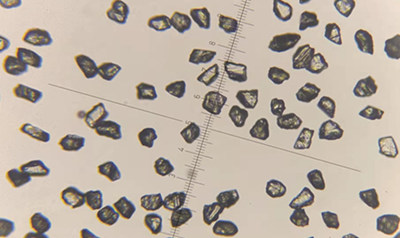
2. grinding wheel material: the material of the grinding wheel directly affects its hardness, toughness and wear resistance, which in turn affects its cutting effect and wear in the grinding process. Different materials of the grinding wheel in the grinding of the surface roughness of the workpiece to produce different effects.
3.grinding wheel structure: grinding wheel structure, including density, porosity, bond type and other factors, directly affecting the heat dissipation performance of the wheel, grinding efficiency and roughness of the surface after grinding. Different structure of the grinding wheel on the workpiece grinding effect and roughness differences.
4. grinding wheel wear: with the increase in the use of grinding wheel time, the grinding wheel surface will gradually wear, wear will affect the cutting performance of the grinding wheel and grinding effect, which in turn affects the roughness of the surface of the workpiece.
5. grinding wheel dressing: grinding wheel in the use of grinding wheel sharpness and precision will change, need to be regularly trimmed. Improper dressing of the grinding wheel will lead to uneven surface of the grinding wheel, which will affect the grinding effect and surface roughness.
6. grinding wheel selection and matching: according to the different processing materials, select the appropriate type of grinding wheel, specifications and structure to ensure that it is matched with the workpiece, so as to obtain a better grinding effect and surface roughness.
In addition to the grinding wheel itself, there are some other factors that will affect the results of grinding roughness:
1. the nature of the workpiece material: the hardness, toughness, plasticity and other properties of the workpiece material will have a direct impact on the grinding process of the cutting situation and the size of the cutting force, which in turn affects the results of the grinding roughness.
2. the choice of cutting parameters: including grinding speed, feed rate, grinding depth and other parameters of the choice will directly affect the grinding process of the cutting effect and the size of the cutting force, thus affecting the results of the grinding roughness.
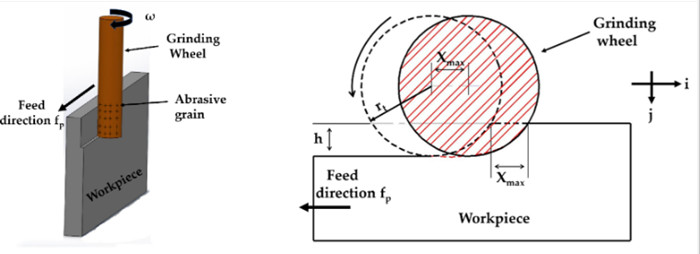
3. the use of cutting fluid: the choice and use of cutting fluid will affect the friction and heat dispersion in the grinding process, which in turn affects the results of grinding roughness.
In summary, the grinding wheel's own material, structure, wear, particle size and hardness, dressing and other aspects of the workpiece material, cutting parameters and other factors will directly affect the roughness of the grinding wheel grinding workpiece. In the actual grinding process, it is necessary to comprehensively consider and control these factors in order to obtain the ideal processing effect and roughness of the workpiece surface.




